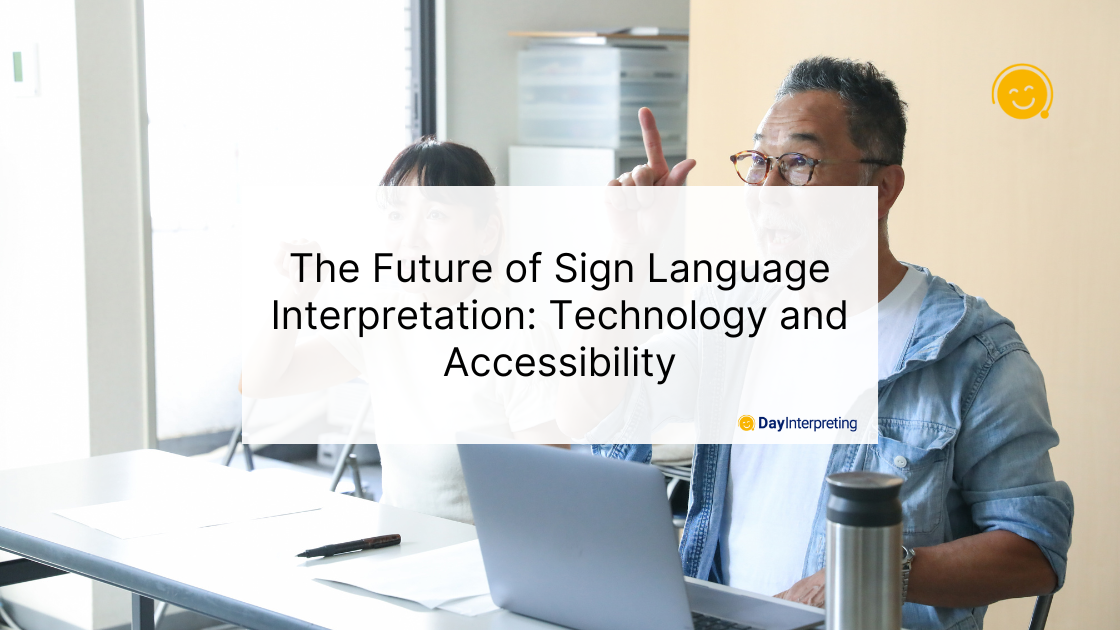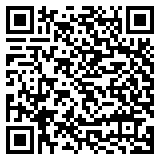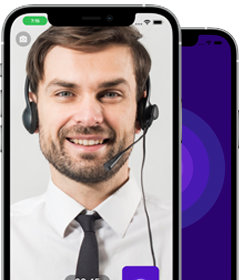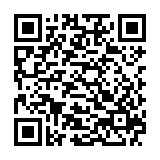In a rapidly evolving world marked by technological advancements, the journey towards inclusivity has taken a significant leap, particularly in accessibility for the Deaf and hard-of-hearing communities. Communication, an essential aspect of human life, is no longer a barrier, thanks to groundbreaking innovations in sign language interpretation technology. This article explores the revolutionary developments and the future of sign language interpretation, their profound impact on the Deaf and hard-of-hearing communities, and the promising future of technology in enhancing accessibility.
Understanding the Sign Language Landscape
Before delving into the technological innovations, it is crucial to grasp the significance of sign language in the lives of Deaf and hard-of-hearing individuals. Sign language is not universal; it varies from region to region, much like spoken languages. American Sign Language (ASL) differs from British Sign Language (BSL) and other regional variants. This diversity presents a unique challenge to sign language interpretation technology, which needs to be versatile to cater to various sign languages.
A Glimpse at the Future of Sign Language Interpretation
Mobile Applications and Wearable Devices
Mobile applications have revolutionized sign language interpretation. Apps like “ASL Interpreter” and “Giphy ASL” allow users to convert spoken language into sign language through animations and videos. Wearable devices, like smart glasses, offer real-time sign language translation through augmented reality. These innovations make everyday communication more accessible.
Sign Language Recognition Software
Advanced sign language recognition software uses computer vision and machine learning to interpret signs accurately. This technology can be incorporated into smartphones, tablets, and computers, enabling Deaf and hard-of-hearing individuals to communicate with hearing individuals effortlessly.
Haptic Feedback Devices
Haptic feedback devices, such as the “SignAloud” gloves, provide a tactile experience for Deaf individuals. These gloves are embedded with sensors that translate sign language into spoken or written language, allowing Deaf individuals to interact seamlessly in a hearing world.
Video Relay Services (VRS)
VRS is a service that connects Deaf individuals with interpreters via video calls. This technology is a game-changer for remote communication, as it provides immediate access to a professional interpreter who can facilitate conversations with hearing individuals.
Sign Language Avatar Technology
Sign language avatars are computer-generated characters that mimic sign language interpreters. These avatars can be customized to match various sign languages and offer on-demand interpretation services, making accessibility more cost-effective and convenient.
The Impact on Accessibility
The evolution of sign language interpretation technology has had a profound impact on the accessibility of Deaf and hard-of-hearing individuals in various aspects of life:
Education
Deaf students can now access education on an equal footing with their hearing peers, thanks to real-time classroom sign language interpretation. Additionally, online courses and educational platforms are integrating sign language interpretation, making learning more inclusive.
Healthcare
In the healthcare sector, effective communication is crucial. Sign language interpretation technology ensures that Deaf and hard-of-hearing patients can convey their medical concerns accurately and understand medical instructions. This leads to better health outcomes and increased trust in healthcare providers.
Employment Opportunities
Technological advancements have opened up new employment opportunities for Deaf individuals. Thanks to video relay services and sign language interpretation tools, they can now work in customer service, call centers, and other industries where communication is vital.
Entertainment and Media
Deaf individuals can enjoy movies, television shows, and live performances with the help of sign language interpretation technology, which provides subtitles and sign language interpretation for various forms of media.
The Promising Future of Sign Language Interpretation
The future of sign language interpretation technology is teeming with promise. Researchers and innovators are continually refining existing technologies and developing new ones. Here are a few directions in which sign language interpretation technology is heading:
Improved Accuracy
As machine learning and artificial intelligence advance, the accuracy of sign language interpretation will continue to improve, making communication smoother and more reliable.
Global Standardization
Efforts are underway to create global standards for sign language interpretation technology to ensure that it is accessible across different regions and cultures.
Incorporation of Facial Expressions
To enhance the emotional depth of communication, future technology may incorporate facial expression recognition to convey the nuances of sign language.
Affordability and Accessibility
Innovators are working to make sign language interpretation technology more affordable and accessible to all, eliminating barriers to entry for Deaf and hard-of-hearing individuals.
Wrapping Up on the Future of Sign Language Interpretation
In a world that increasingly relies on communication and technology, ensuring accessibility for all is paramount. The innovations in sign language interpretation technology have paved the way for Deaf and hard-of-hearing individuals to break down communication barriers and participate fully in society. As technology advances, the future holds even more promise for an inclusive world where everyone can communicate effectively, regardless of their hearing status. It is a journey that speaks to the heart of human connection and the power of innovation to foster a more accessible and equitable future for all.





0 Comments